Every schematic is just a symbolic representation of your design. As long as the electrical connections are the same, it does not matter where you put stuff on the page. There is often a similarity between the schematic and the board layout, but that is not a one to one relationship.
It is also important to understand that the wires on a schematic are not wires, they are lines that simply indicate, "This pin is connected to that resistor and that capacitor and that other pin over there...". The whole thing is really just one electrical node stretched out in a way that makes it readable. (Probably more readable than this sentence was.)
Further, in some cases, like parts in series, it does not matter which one comes first. Electrically they are functionally equivalent, well as long as you don't poke around in the wiring with a scope they are..
Generally though, it is smart design to draw parts where their function is most easily understood.
Although you could draw the 470R down by the LS14, since it is acting as a pull-up for the open-collector output of the 6N138, it is easier to understand the schematic with it where it is.
If, however, there were two 6N138s driving the same pin on the LS14 from different parts of your schematic, having the pull-up drawn at the common point, the LS14, would make more sense.
There is some art and experience in designing schematics.


